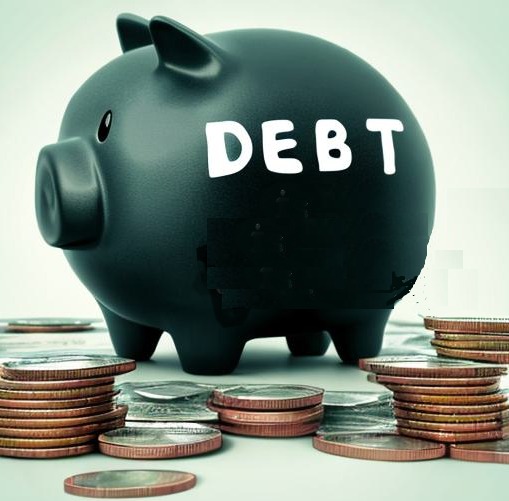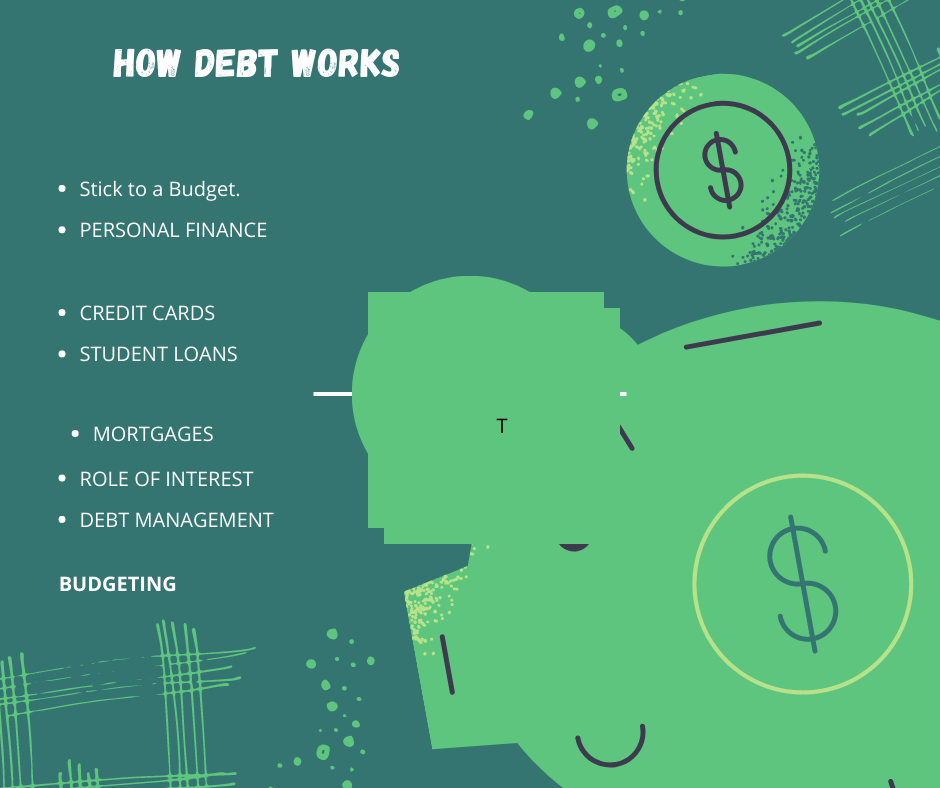Unmasking the Burden: Understanding Debt

Introduction:
In today’s financial landscape, debt has become a pervasive aspect of many people’s lives. It can be a source of stress, anxiety, and even shame. In this article, we’ll delve into the depths of debt, exploring its nuances, consequences, and potential paths to liberation. So, let’s unmask the burden and gain a clearer understanding of what debt truly entails.
- Defining Debt: Debt, in its simplest form, is an obligation or liability that arises when one party borrows funds from another party. It typically involves borrowing money or resources with the promise of repayment, usually with added interest. Debt can take various forms, such as credit card debt, student loans, mortgages, personal loans, and more.
- The Types of Debt: a) Consumer Debt: Consumer debt refers to the money owed by individuals for goods and services purchased for personal use. This category includes credit card debt, auto loans, and retail installment contracts.
b) Student Loans: As the name suggests, student loans are funds borrowed to finance higher education expenses. These loans often have specific terms and conditions, such as deferment options, income-based repayment plans, and varying interest rates.
c) Mortgage Debt: Mortgage debt is the amount owed on a property loan, typically used to finance the purchase of a home. It is secured by the property itself and involves regular payments over an extended period.
d) Business Debt: Business debt encompasses loans and obligations taken on by companies to fund operations, expansion, or other ventures. It can include lines of credit, business loans, and trade credit.
- The Impact of Debt: Debt can have both immediate and long-term consequences on individuals and society. Some key impacts include:
a) Financial Stress: Debt can create a significant burden, leading to stress, anxiety, and strained relationships. Mounting bills, high-interest rates, and the constant pressure to meet payment deadlines can take a toll on mental and emotional well-being.
b) Credit Score: Unpaid or late debt payments can negatively affect credit scores, making it harder to secure future loans, obtain favorable interest rates, or even secure housing or employment.
c) Opportunity Cost: The financial obligations of debt may limit one’s ability to pursue other opportunities, such as starting a business, traveling, or investing in higher education.
d) Generational Effects: The burden of debt can be inherited, impacting future generations and perpetuating a cycle of financial instability.
- Managing Debt: While debt can be overwhelming, there are strategies to effectively manage and ultimately eliminate it:
a) Budgeting and Tracking Expenses: Developing a comprehensive budget and tracking expenses can help identify areas for potential savings and allow for more disciplined spending habits.
b) Debt Repayment Strategies: Methods like the snowball method (paying off small debts first) or the avalanche method (paying off high-interest debts first) can be employed to accelerate debt repayment.
c) Debt Consolidation: Consolidating multiple debts into a single loan with a lower interest rate can simplify repayment and potentially reduce overall interest paid.
d) Seeking Professional Guidance: In cases where debt feels insurmountable, consulting with a financial advisor or credit counseling agency can provide valuable insights and personalized strategies.
Conclusion: Debt is an intricate financial concept that affects millions of people worldwide. Understanding its various forms, consequences, and effective management strategies is essential for anyone seeking to regain control of their financial future. By demystifying the complexities of debt, we can pave the way for a more secure and empowered financial journey. Remember, while debt may seem overwhelming at times, there are always options and paths to liberation.

